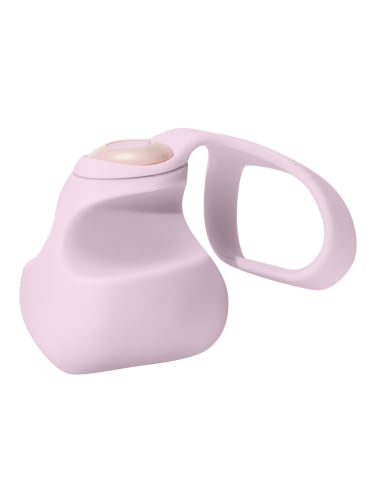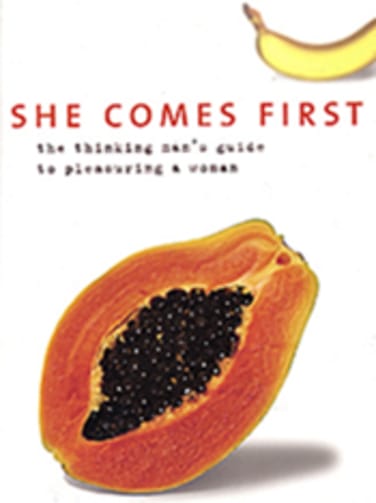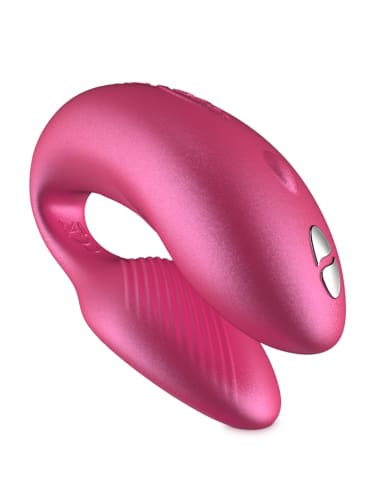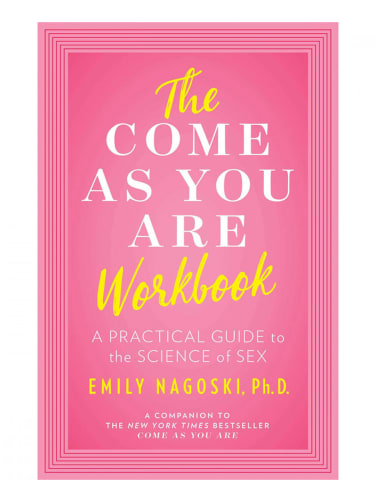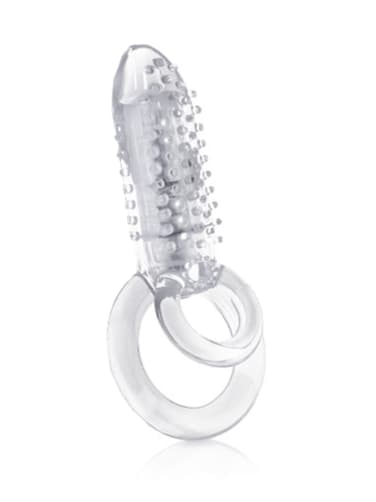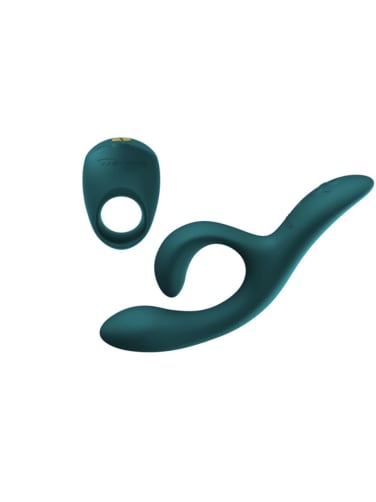Coming Together: Orgasm Tips for Folks with Vulvas

There are two especially important factors when it comes to orgasming during intercourse: achieving a very high arousal state during sex, and the ability to orgasm in the first place. Some people may have their very first orgasm during vaginal penetration, but most will discover other kinds of play make it easier to come, especially external stimulation. Having orgasms from any source will build neural pathways that allow future orgasms to happen, so any orgasm is likely to open the door to more (and often easier-to-achieve) climaxes.
Trans men and non-binary folks may also experience orgasm through receiving vaginal penetration, though they may use different language for it than “vaginal” sex. Trans women with neo-vaginas may find their stimulation comes from more internal or external stimulation depending on the type of surgery they may have had. As we talk about intercourse, the information will be relevant for penis-in-vagina sex--but also for those using strap-ons to pleasure their partner vaginally.
Far from intercourse being the main way people climax—that’s a myth!—many people are orgasmic from oral sex, handjobs, nipples, anus, toes, and more. But let’s concentrate on the vagina and clitoris, or external phallus, for now. Vaginal penetration almost always involves at least some clitoral stimulation — maybe not enough to trigger orgasm, but enough to add arousal and extra sensation—and the clitoris is the primary source of sexual arousal for most people who have one. So one strategy for learning to come during intercourse is to maximize the clitoral contact you have with your partner’s body; many intercourse positions don’t do that, and leave the clitoris out.
You might find success with the cowgirl (cowperson!) position, while others prefer the missionary position variant known as the “coital alignment technique“: it involves your partner “riding high” and adding penile pressure to your clitoris during intercourse. A variant of this involves very close body contact during missionary position sex: instead of keeping your legs widely spread, wrap your ankles around your partner’s calves while they're inside you, which will pull your bodies very close together. There are also kinds of sex furniture that you can get clitoral stimulation from, including ones that can hold a vibrator. Other ways to enjoy a vibe during intercourse: try a vibrating ring on your partner (or their dildo); explore the WeVibe; try the Eva II Vibrator by Dame. All of these wearable vibes make it easy to add some vibration to the intercourse moves you already enjoy.
Of course, you can just reach down and add clitoral stimulation yourself (by hand or via a vibe) during practically any intercourse position — in fact, this is a great idea, because adding the kind of stimulation your body recognizes and responds to will aid you in learning how to come in a new way. This method is often recommended by sex therapists. Use clitoral stimulation to reach high arousal; add vaginal penetration and get to as high an arousal point as possible that way; add clitoral stimulation again until you’re able to come. Gradually, as your body associates orgasmic response with vaginal penetration and high levels of arousal, it’s quite possible that you won’t need to add direct clitoral stimulation any longer. Not that there’s anything wrong with doing so — if either or both partners have hands available, this is a great way to use at least one of them!
And this brings me back around to the question of arousal. Without sufficient arousal, vaginal orgasm is very unlikely to happen, and many couples rush it and engage in penetration before the person with the vagina is aroused enough. People often think they need to increase the length of time they engage in intercourse to ensure orgasm, when in fact what they need to spend more time doing is everything arousing before they get to penetration. This may mean different things to different people. But you can’t skip it if you want to come during vaginal intercourse.
Two more things: Adding dildo play to masturbation, if you don’t already do that, gets you tuned into the sensation of penetration and helps you learn what kinds of movements stimulate you best. And finally, adding erotic stimulation of any kind during intercourse may increase the chances or orgasm: erotic talk, fantasy, porn, nipple or anal stimulation, passionate kissing... lots of things can work. Whatever turns you on!
Once you incorporate all these ideas into your lovemaking and determine which of them work best for you, stop thinking about it and just do it! Many lose their orgasms by staying too “in their heads” during sex—focus on the sensations, don’t overthink it.
